What is an Electric Pressure Washer?
An electric pressure washer is a cleaning machine that sprays an ultra-powerful jet of pure water. By amplifying the pressure of the typical water supply that comes out from your house it achieves significant efficiency of cleaning.
That supplementary pressure, in short, enhances the deliverance of the water. It makes it more effortless for the cleaning device to eradicate dirt from a specific object or area without you scrubbing it with a brush.
Pressure-washing cleaners are normally seen in places such as car wash establishments. People who are dealing with massive cleanups also use this cleaning tool as it’s very efficient and simple to use.
However, before you decide on using an electric-based pressure washer, you must be informed of some of the vital information about it first. That’s why, in this article, we’re going to talk about how pressure washers work.
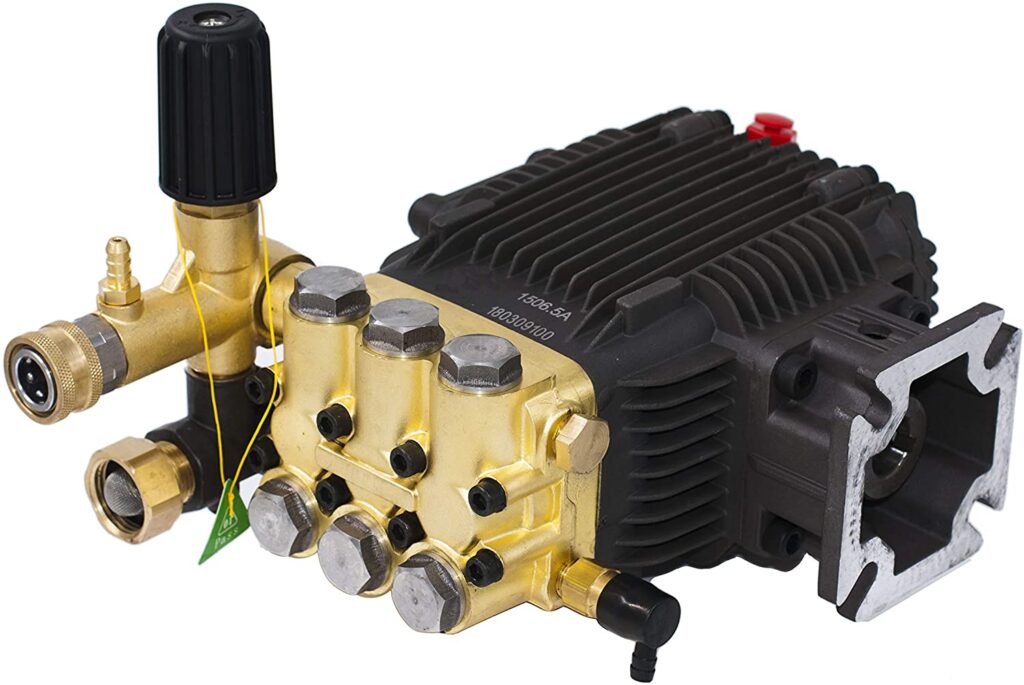
What are the parts of an electric pressure washer?
These are the common electric pressure washer’s parts:
- Motor or Engine. Since we’re talking about an electric pressure washer, then obviously, the engine is powered by the electric current. If you wish to use a power washer indoors, an electric-powered one is a much better option as its engine is less noisy than a gas engine and it does not produce gas fumes.
- Hose and Wand. The wand and high-pressure hose are carefully and smartly created to withstand high-pressure water. Commonly, the hose used in a pressure washer is made out of wire mesh and high-density and top-grade plastic.
- Trigger gun. This part is attached to the hose. The trigger is what you’ll pull to release the pressurized water. Usual pressure washers are equipped with a pistol-style trigger gun. This part is one of the two main elements of a high-pressure cleaning equipment safety system. Along with it is the unloader
- Water inlet. This is also a type of hose that bridges electric pressure washers to the primary water source. A filter is normally found inside the inlet to stop detritus and dirt from accessing the water and clogging it.
- Water pump. This part acts as the crucial part of the pressure washer. Propelled by the engine, the pump pulls water from the inlet port and pushes it in a highly compressed form into the high-pressure hose. Usually, pressure washer pumps can maintain the water flow of around 3-9 liters per minute.
There are adjustable nozzles that allow the user to modify the pressure and angle of the water jet with a quick-changing lock system so that you can pressure-wash with convenience and practicality.
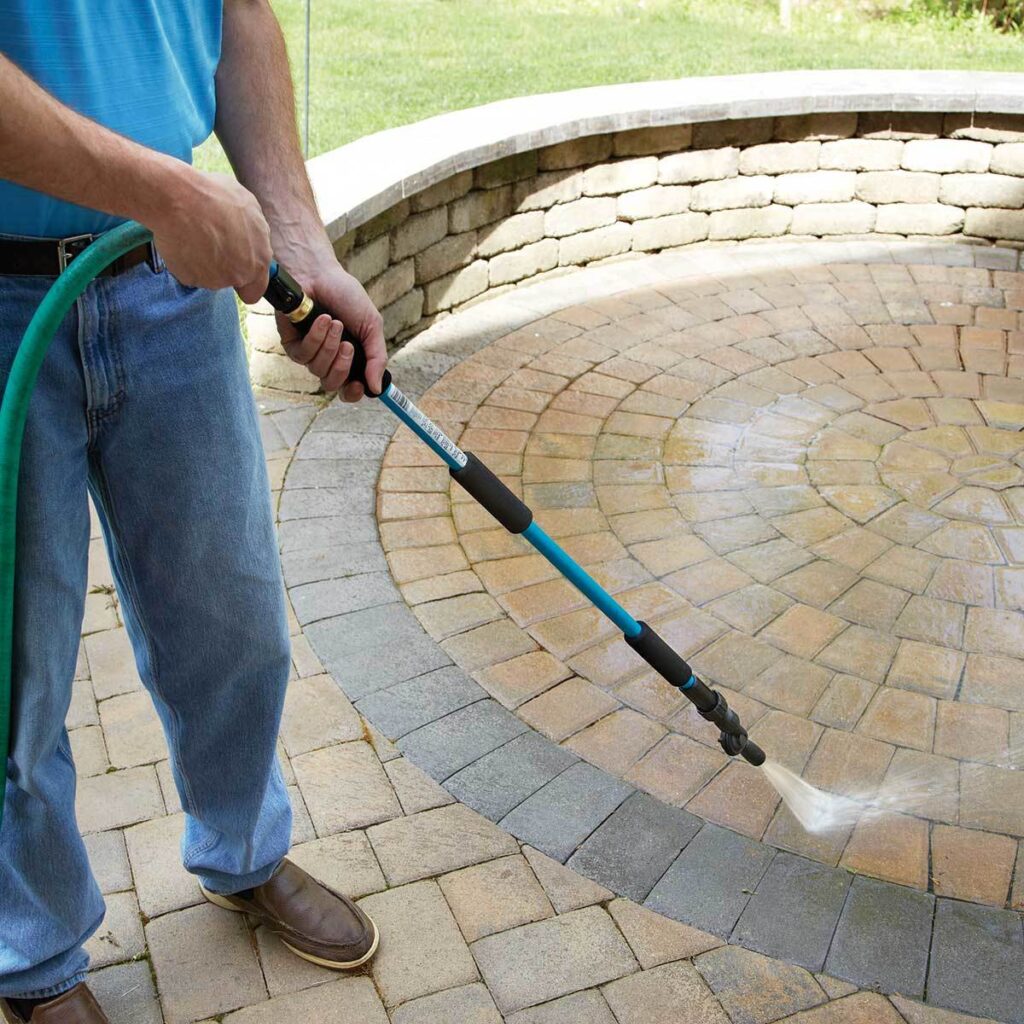
Fundamental Principles of How Electric Pressure Washers Operate
Normally, the machine will be filled with cold water. The water source would come from a faucet where it courses via another different hose up to the inlet valve. After that, the water will move through the inlet valve then travels to the water pump to get pressurized.
The water pump will then transfer the water and the detergent prior to combining them. There are electric pressure washers that can also heat the water in order to improve the cleaning capabilities of the machine.
Subsequently, the water pump will then blast out the water with detergent from the pressure washer’s highly pressurized exit hose and the nozzle.
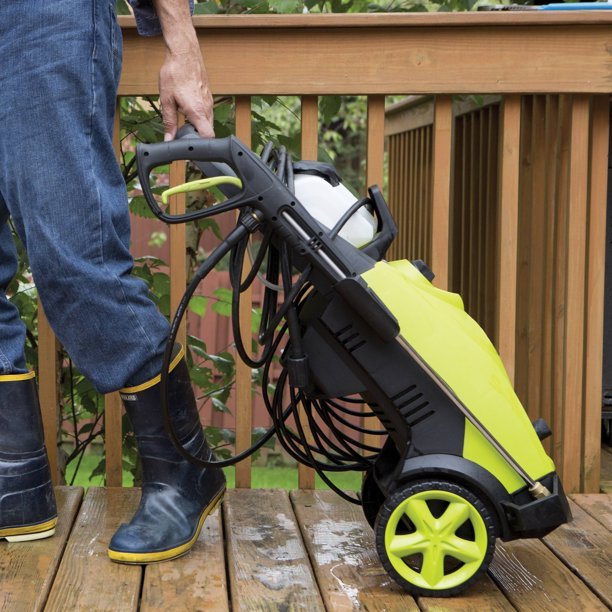
Why an Electric Pressure Washer is an Effective Cleaning Tool
Since it uses both water and soap, no doubt surfaces will get cleaned rigorously. The composition of water and soap is one of the most productive ways of cleaning a certain object or area. A high-pressure cleaning device amplifies the cleaning strength of that composition.
Water itself can already clean objects and surfaces efficiently. Moreover, detergents assist the water to enhance the cleaning operation by eradicating stains, gunges, and oil. But, some types of ground-in thick dirt can’t be easily cleaned with just water and detergent.
On the positive side, ground-in ultra-thick dirt can be cleaned using a pressure washer. Due to the fact that the water travels so expeditiously, it’ll hit the ultra-thick dirt with very high kinetic energy.
If you wish to remove oil stains, then you can reinforce your pressure washer with detergent. Just put the detergent inside the canister and you’ll eradicate those oil stains in no time.
Adding another dimension, it’s always a wise move to test the pressure washer first on a specific area where no probable accidents will occur just to ascertain that it won’t damage the particular surface or object you’re about to clean.
Therefore, take some time to read the instruction manual before making any further actions.
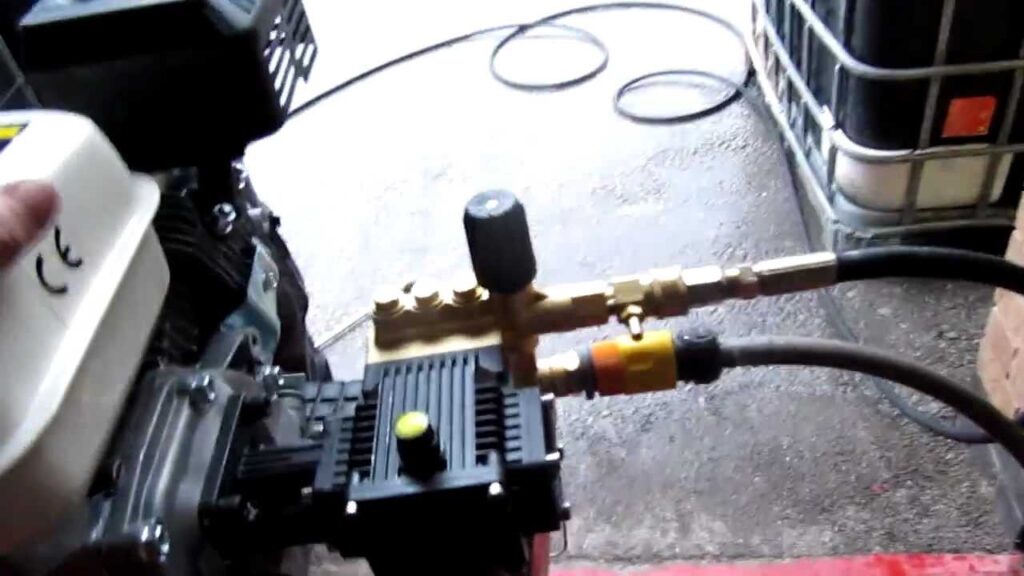
Widen your Imagination using an Electric Pressure Washer
Believe it or not, some artists use pressure washers for their art. They use templates and art techniques to generate creative applications. A reverse graffiti doesn’t put something to surfaces; it eliminates dirt instead.
Yes, you can create art on a dirty surface. A bigger dirt size makes the clean art much clearer and easier to distinguish. But, you must ascertain that the surface is even and smooth. Concrete and natural stone floorings can give the most ideal results. If you’re operating a pressure washer on your property, you’re always free to be creative at using it!
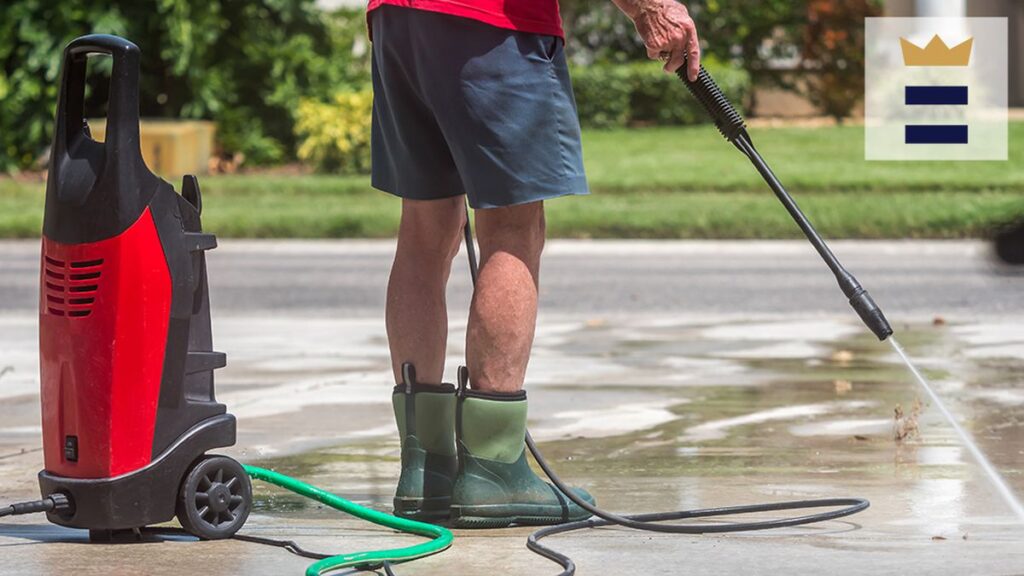
The Downsides of Electric Pressure Washers
Although these powerful cleaning tools are very useful for both commercial and household chores, they also have their drawbacks.
- Since the dirt is removed using high-pressure water, the dirt will just transfer to a different area.
- A standard electric pressure washer consumes 1 to 2 gallons per minute. No doubt it will increase the water bill drastically.
- When using this cleaning equipment, you’ll have to ascertain that there’s functional drainage just around the cleaning zone. Otherwise, it will result in flooding.
- Electric pressure washers are noisy. Nonetheless, on the slightly positive side, they’re less noisy than gas-powered washers.
- Pressure-washing a specific area or object is dangerous and can be so messy. You’ll need to wear proper protective gear and closed-toe shoes.
- If you’re not going to be careful and mindful, there would be a huge risk of electric shock.


